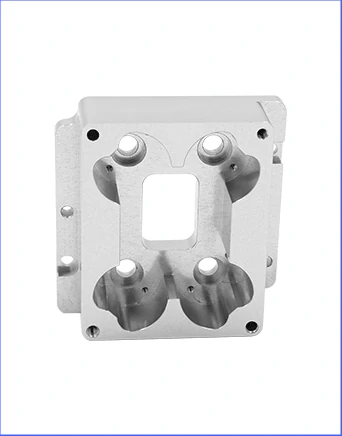Time to read: 6 min

Introduction to CNC Machining
CNC (Computer Numerical Control) machining is an advanced manufacturing process that uses computer-controlled machines to produce high-precision parts. This technology is essential for a wide range of industries, including aerospace, automotive, medical devices, and consumer products.
Basics of CNC Machining
- Working Principle: CNC machines follow pre-programmed instructions to remove material from a workpiece, resulting in the desired part shape and dimensions.
- Advantages: CNC machining offers high precision, repeatability, and the ability to handle complex geometries.
- Disadvantages: The technology can be capital-intensive and may require specialized knowledge for operation and programming.
Applications of CNC Machining
CNC machining is used across various industries for the production of functional end-use parts, from intricate aerospace components to precision medical devices and consumer electronics.
Design Considerations for CNC Machining
A well-thought-out design is crucial for successful CNC machining. This section provides a guide on achieving the best machined parts, including:
- Material selection and its impact on machinability
- Design features that facilitate efficient machining
- Considerations for tool accessibility and part ejection
Common Materials and Finishing Options
The choice of material can significantly affect the machining process and the final part's properties. This section explores:
- Common materials used in CNC machining, such as metals and plastics
- Finishing options available for CNC-machined parts, including surface treatments and coatings
Cost Reduction Strategies
Minimizing CNC machining costs without compromising quality is a critical aspect of the manufacturing process. This section offers eight practical tips for cost reduction, including:
- Optimizing part design for efficient machining
- Selecting the right materials and finishes
- Leveraging the latest CNC technologies for improved productivity




